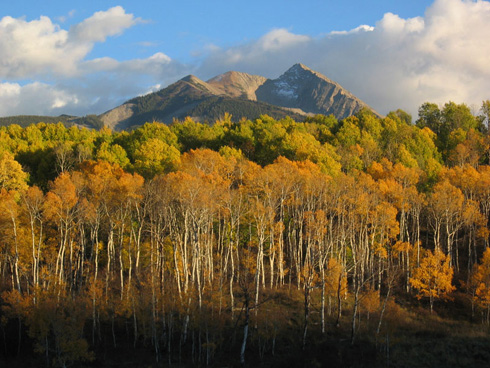Mountain Vegetation Impacted by Climate Change
Climate change has had a significant effect on mountain vegetation at low elevations in the past 60 years, according to a study done by the University of California at Davis, University of Wisconsin-Madison, and U.S. Geological Survey.
This information may guide future conservation efforts in helping decision makers develop regional landscape predictions about biological responses to climate changes. (more…)


